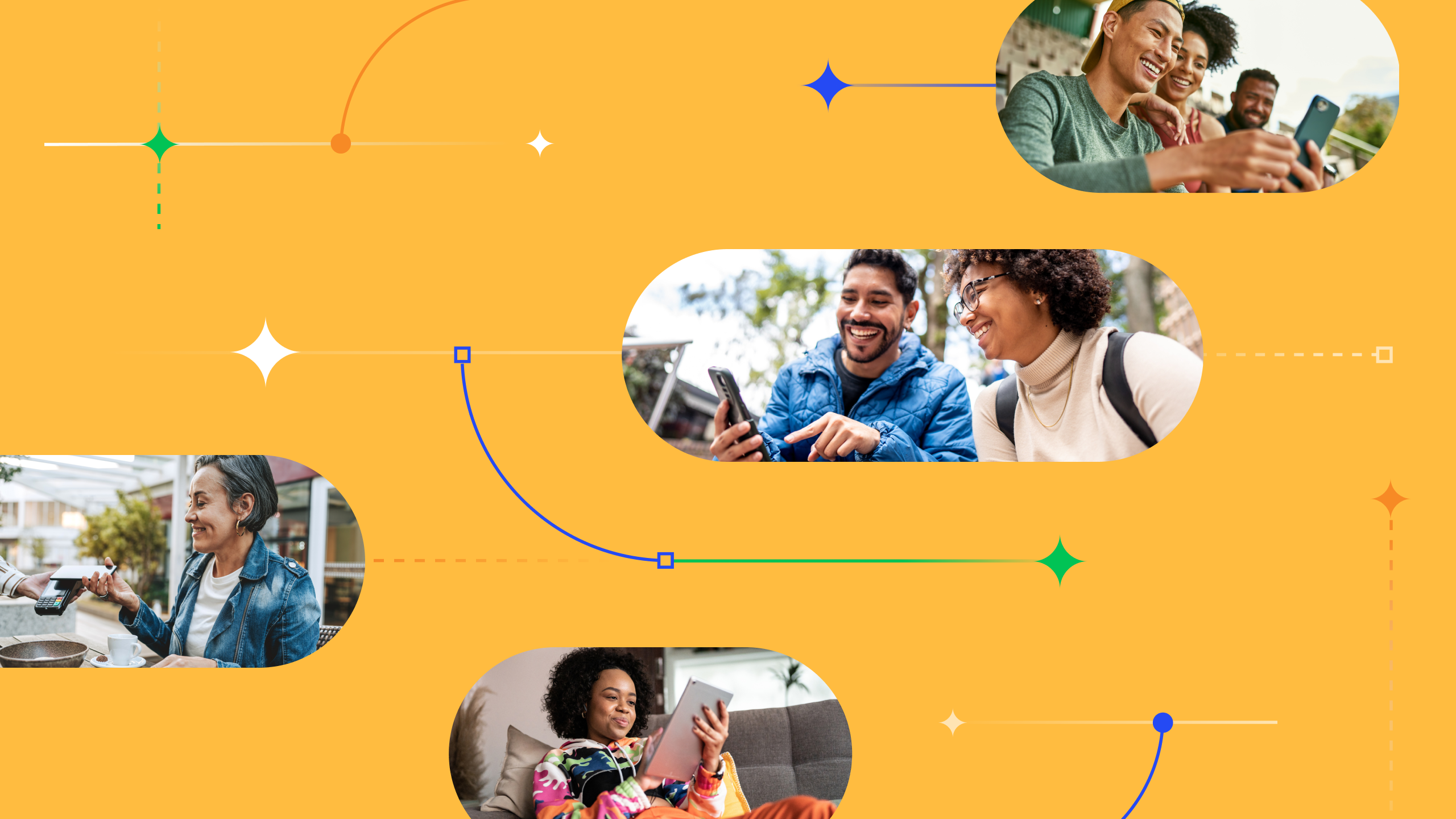Marketing to low-income communities can be a highly successful strategy for your brand. Millions of Americans fall into this group, and engaging them with targeted campaigns can help you gain customers you might not otherwise acquire. It can also generate goodwill, which leads to greater brand awareness that can positively impact your entire business.
Rising concerns about a recession make this an excellent time to consider launching a low-income program that supports people in need and wins their loyalty. The key to making it successful is understanding who you want to reach and how to cost-effectively engage them.
Identifying Low-Income Customers
“Low-income” can mean different things to different people. But one clear set of criteria in the United States is eligibility for the Supplemental Nutrition Assistance Program (SNAP), a benefit the federal government provides to support the food budget of needy families. The program, more commonly known as food stamps, has 42 million beneficiaries—nearly 13% of the US population.
While the demographics for low income populations vary, SNAP has been shown to benefit millions of veterans, seniors, and families with children in every state. However, southern states have the highest poverty rates in the nation. And, even with government aid, many low income Americans struggle to afford necessities,
Creating an Effective Low-Income Marketing Strategy
The first step in marketing to low-income people is clarifying why you want to. Research published in the Harvard Business Review says a new type of business, called a “social business,” can reach poor customers in developed nations like the US. But to succeed, many norms about marketing to poor customers need to be set aside.
For example, most businesses have marketed to low-income customers solely to generate more revenue. But rather than trying to make a large profit, a social business should market to the low-income segment to give them greater access to its goods and services, with the goal of selling more, but in a financially sustainable manner.
In order to do this, a social business should:
- Create exclusivity. Not every consumer should be able to purchase a product or service intended for the low income segment.
- Maintain high quality. Instead of trying to protect your margins by reconfiguring your existing product or service, find other ways to cut costs, such as creating a distribution method that makes it easy to reach the low-income segment.
- Partner with non-profits. Joining forces with groups already engaged with low-income people can increase awareness of your brand and its offers.
Implementing a Successful Low-Income Program
SheerID can help you develop a program for low-income customers that reflects these best practices. The first step is to create an offer or discount on your existing products and services that’s exclusively for low income consumers.
Then, when customers come to your website to redeem the offer, use SheerID’s Identity Marketing Platform to instantly verify their eligibility. SheerID uses authoritative income data sources to confirm a customer’s low-income status, which protects your offer and ensures it remains truly exclusive.
With SheerID in place to prevent fraud, you can confidently market your offer across your channels and know that only qualified consumers will be able to redeem it.
The Benefits of Marketing to Low-Income Customers
Research has shown giving back to those in need increases brand loyalty.
Take for example, Headspace, makers of the popular meditation app by the same name. The company created an exclusive discount to help teachers who might not be able to afford the app use it to manage their stress.
Headspace used SheerID’s Identity Marketing Platform to verify teachers, and the program netted the company 25,000 new customers. Headspace also offered free resources to help Teachers bring the app into their classrooms—a move that amplified the company’s brand awareness and introduced the app to a new generation of potential subscribers.
The success of Headspace’s program reflects the power of identity marketing. Research has shown that when consumers receive an exclusive offer based on their identity:
- Nearly 40% would try a new brand.
- 34% would buy more items.
- 37% would purchase sooner.
- 96% would share the offer with others who were eligible for it.
Ready to Launch a Program for Low-Income Customers?
SheerID can help you plan and execute a low-income marketing program that expands your customer base and builds customer loyalty. Contact us to speak with a sales representative and get a demo of the SheerID’s Verification Platform.


